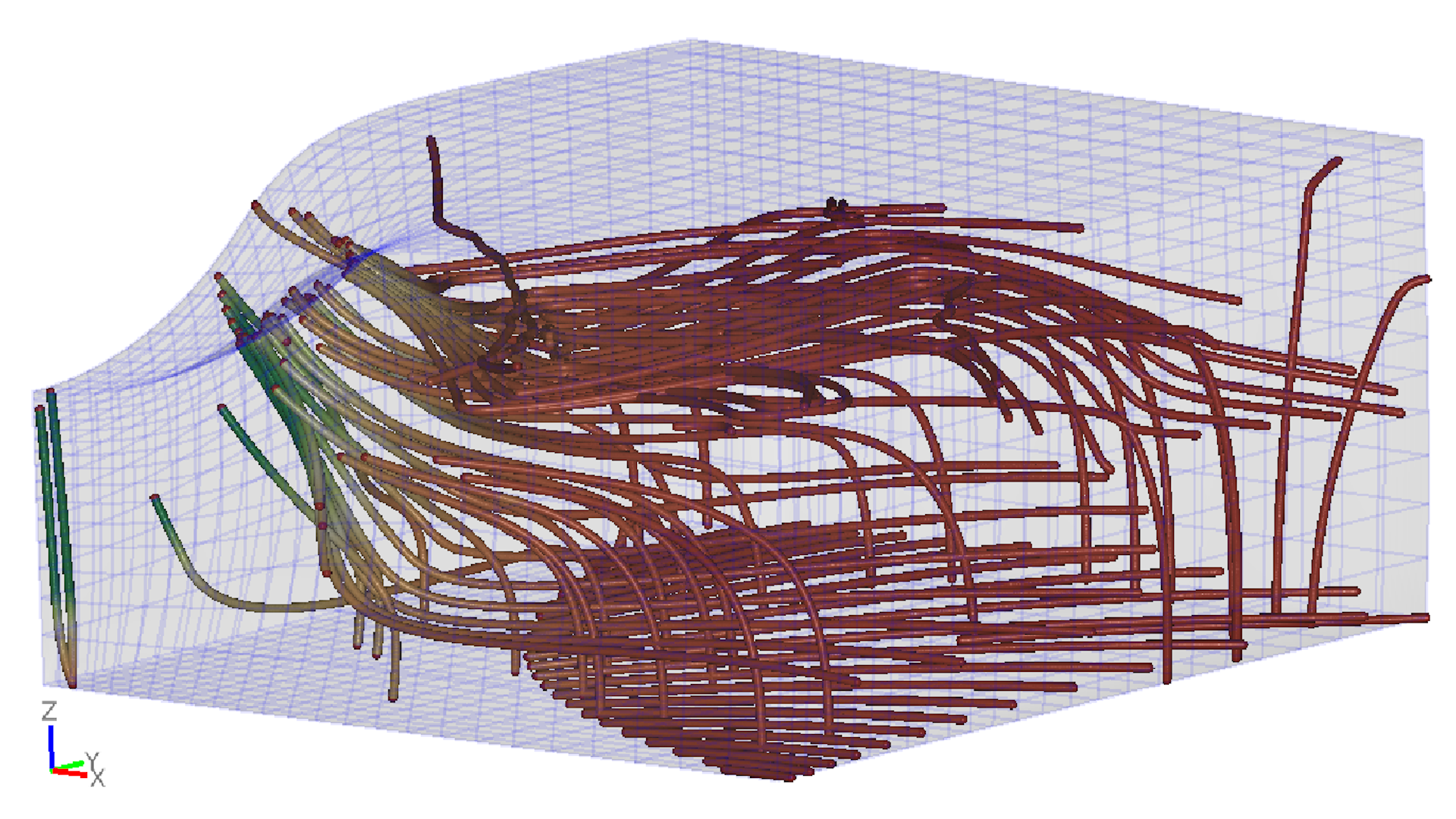Visualizing Higher-Order 3D Tensors by Multipole Lines
Chiara Hergl, Thomas Nagel, Gerik Scheuermann
View presentation:2022-10-19T16:09:00ZGMT-0600Change your timezone on the schedule page
2022-10-19T16:09:00Z

Prerecorded Talk
The live footage of the talk, including the Q&A, can be viewed on the session page, Visualization Design.
Fast forward
Keywords
tensor algebra, higher-order tensor, line-based, deviatoric decomposition, anisotropy
Abstract
Physics, medicine, earth sciences, mechanical engineering, geo-engineering, bio-engineering and many more application areas use tensorial data. For example, tensors are used in formulating the balance equations of charge, mass, momentum, or energy as well as the constitutive relations that complement them. Some of these tensors (i.e. stiffness tensor, strain gradient, photo-elastic tensor) are of order higher than two. Currently, there are nearly no visualization techniques for such data beyond glyphs. An important reason for this is the limit of currently used tensor decomposition techniques. In this article, we propose to use the deviatoric decomposition to draw lines describing tensors of arbitrary order in three dimensions. The deviatoric decomposition splits a three-dimensional tensor of any order with any type of index symmetry into totally symmetric, traceless tensors. These tensors, called deviators, can be described by a unique set of directions (called multipoles by J.~C. Maxwell) and scalars. These multipoles allow the definition of multipole lines which can be computed in a similar fashion to tensor lines and allow a line-based visualization of three-dimensional tensors of any order. We give examples for the visualization of symmetric, second-order tensor fields as well as fourth-order tensor fields. To allow an interpretation of the multipole lines, we analyze the connection between the multipoles and the eigenvectors/eigenvalues in the second-order case. For the fourth-order stiffness tensor, we prove relations between multipoles and important physical quantities such as shear moduli as well as the eigenvectors of the second-order right Cauchy-Green tensor.